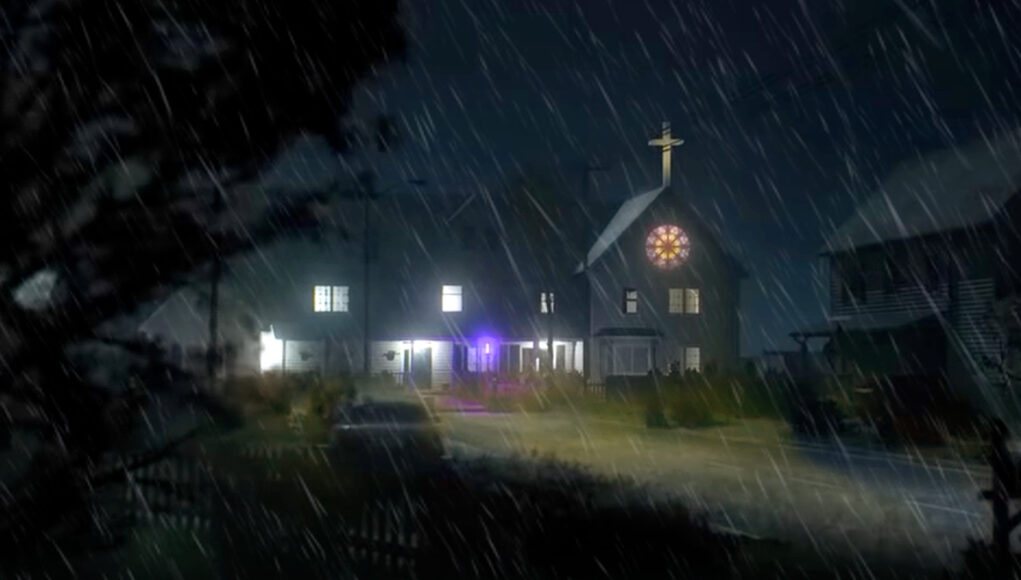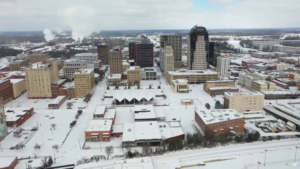
Shreveport, we have a climate problem.
As global climate change continues, Northwest Louisiana is experiencing more extreme weather events and disasters in the form of freezing winters, unrelenting heat waves, and stronger storms featuring tornadoes and hurricane force winds. In 2020, we had multiple hurricanes make their way up to north Louisiana. We faced it in 2021 with winter storm Uri aka “Snowmageddon.” In 2022, Shreveport had over 25 days of 100+ degree weather. Already in 2023, we saw a tornado take out power across the city and our neighbors to the east just experienced a massive storm event that just as well could have been us. As we witness these and other events, it has become clear that our community is currently unprepared for these events — but that could be changing.
While many of Shreveport’s neighborhoods have been impacted by these events, some areas of town are more vulnerable than others. Older, legacy neighborhoods in the city core often have outdated power lines and transformers, old water infrastructure, and homes without adequate insulation, heating and cooling. These places are incredibly vulnerable, and our ability to respond can have life-or-death implications.
Ultimately, the weak spots in our city’s infrastructure and housing must be addressed. SWEPCO must install more resilient power lines. The city must commit to ensuring water pipes are structurally adequate and right-sized. Landlords must be required to maintain insulated homes and homeowners should have access to and be educated about assistance programs to upgrade their homes to be more energy efficient.
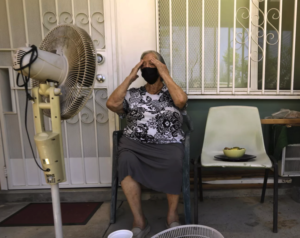
Creating a light in the dark, an oasis in the desert.
While we await our civic and business leaders to accomplish these much-needed tasks, we must create something that will help the communities that are at highest risk, and fast. This past week, dozens of grassroots leaders along with representatives from the Caddo Parish Commission, Shreveport City Council, and Public Service Commission hosted a rare joint press conference to showcase their approach to providing assistance to the community: the Community Lighthouse project.
The strategy of Community Lighthouse is to transform neighborhood faith and community institutions into a network of disaster-response hubs. Each site would have on-site energy storage, water systems, commercial-scale solar panels, and trained Disaster Response Teams who respond during severe weather or disaster events.
The local Community Lighthouse project, which is modeled after a similar program in New Orleans, is being led by North Louisiana Interfaith, a coalition of 25 faith and community organizations that collaborate for civic issues, which have collectively worked on topics ranging from expanding Sunday bus routes to reducing predatory payday lending for over a decade. The coalition plans to create a four-location pilot project in Shreveport proper.
Two Community Lighthouse locations have already been identified: Morning Star Baptist Church in Mooretown and The Highland Center, home to Church for the Highlands, will serve Highland/Stoner Hill neighborhoods. Both sites are already in the design and engineering phase which would have them outfitted with the technology and resources needed to respond in times of need. Other prospective sites are being assessed in the Cooper Road, Lakeshore, Broadmoor, and Southern Hills neighborhoods.
North Louisiana Interfaith said it is working diligently with government officials in an attempt to have the pilot phase completed by the fall in time for winter weather. The group plans to build at least 20 additional community lighthouses across Caddo Parish over the next three years.
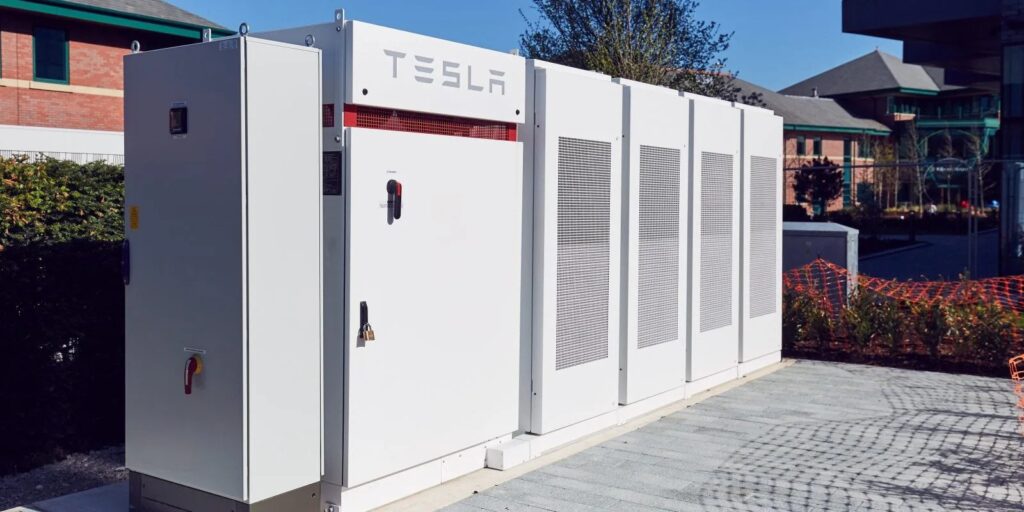 How Community Lighthouses Work
How Community Lighthouses Work
Even before a critical event event occurs, trained Disaster Response Teams will canvass their neighborhood to educate neighbors about the new hub and identify residents who may need to be checked on in the event of a disaster. These teams would also be able to coordinate response efforts, which could range from food and water distribution to basic medical care.
When a dangerous event occurs, whether it is extreme temperatures, a storm, or power outage, the Lighthouse would be activated and the trained Disaster Response Team would muster to provide services at their assigned location. Along with activating the Community Lighthouse systems, the response team would also begin reaching out to residents identified in the canvass who may need additional assistance.
 Each Lighthouse will house a fully-charged, on-site energy storage system which would power essential functions of the building. Industrial solar panels would be available to provide the Lighthouse with additional energy capacity as the power is used from the on-site battery system. This energy storage system is also monitored offsite to ensure system reliability.
Each Lighthouse will house a fully-charged, on-site energy storage system which would power essential functions of the building. Industrial solar panels would be available to provide the Lighthouse with additional energy capacity as the power is used from the on-site battery system. This energy storage system is also monitored offsite to ensure system reliability.
With reliable power secured, Lighthouses can offer a wide range of early-disaster-response services to neighbors, including phone charging stations and small battery distribution; cooling and heating stations; food preparation and distribution; potable water supply; and oxygen exchange and light medical equipment. Currently, some of these services are provided by first responders, but Community Lighthouses could take some of that burden off of first responders so that they can be available where their expertise is most valuable.
How Will Lighthouses Become a Reality?
North Louisiana Interfaith estimates the four pilot locations will cost $1.5 million. The Caddo Parish Commission has taken the lead by introducing an ordinance to support the first $500,000 as a matching grant, but that has not yet been voted on. The Community Lighthouse coalition is hopeful that the Commission will vote to approve that allocation within the next month. The coalition is also asking for $400,000 from the City of Shreveport as well as additional support from the Public Service Commission and private foundations.
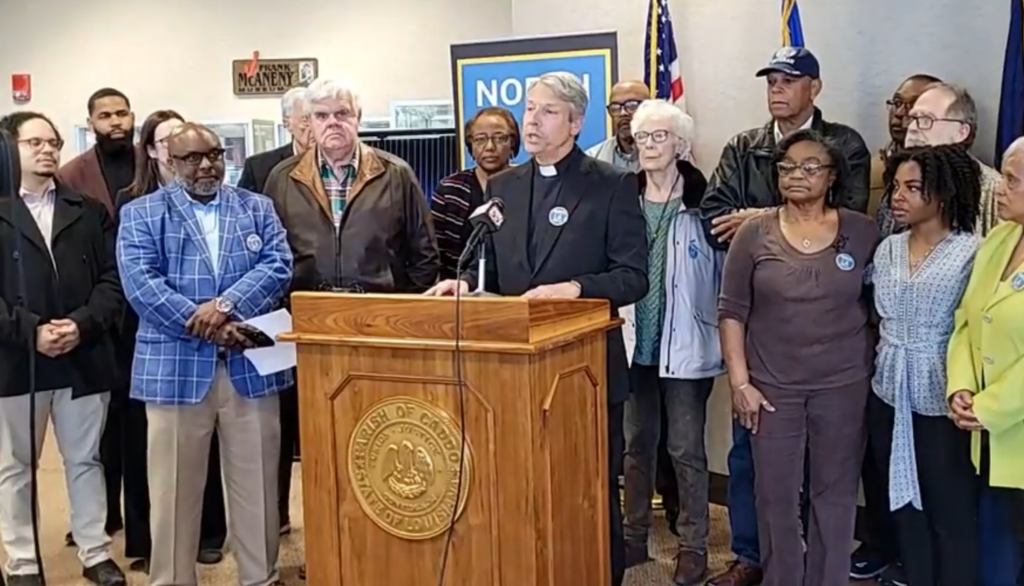
Beyond this initial investment, the coalition is looking to the future. The Inflation Reduction Act, passed in 2022, offers significant tax rebates for energy efficiency upgrades, solar power and backup battery systems, all of which are planned for the Lighthouses. Up to 50% of each site’s investment in these systems can be returned through new tax rebates. The group says that the rebate for each neighborhood hub will be used as seed funding to transform the next Lighthouse location.
This pilot Lighthouses are also an important step because the Inflation Reduction Act also has roughly $5 billion set aside for resilience projects just like these, and the State of Louisiana is requesting $500 million from that fund. If awarded, these funds will be distributed where local support and capacity is proven, meaning that time is of the essence in starting the Community Lighthouse project.
Write your city councilperson and Caddo Parish commissioners to express your desire for them to support the Community Lighthouse pilot project so that we can start our journey to becoming a more resilient city.

